Navigating the Complexities of Machine Translation in University Education
totallyrewired
DECEMBER 14, 2023
Since 2016, machine translation has seen significant advancements, primarily due to the advent of neural networks and enhanced computing power. This oversight raises critical questions about authorship, learning outcomes, and the linguistic competence of graduates in an environment increasingly dependent on technological assistance.


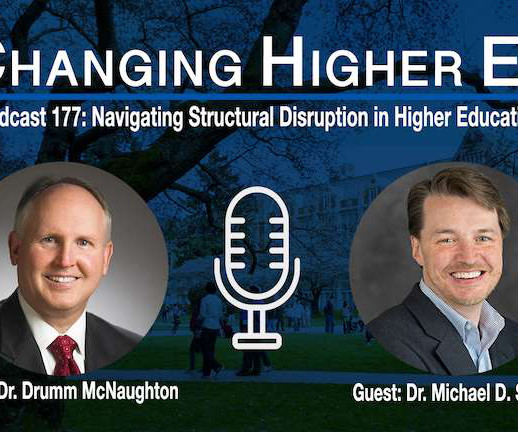


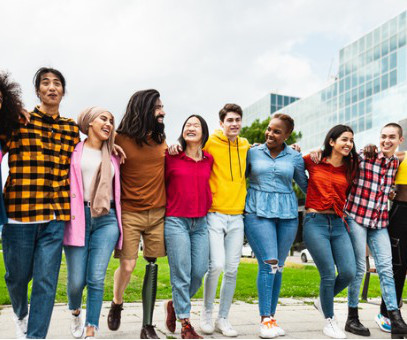
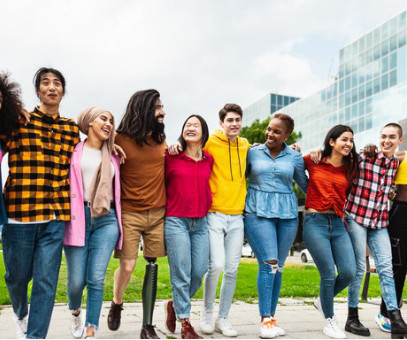
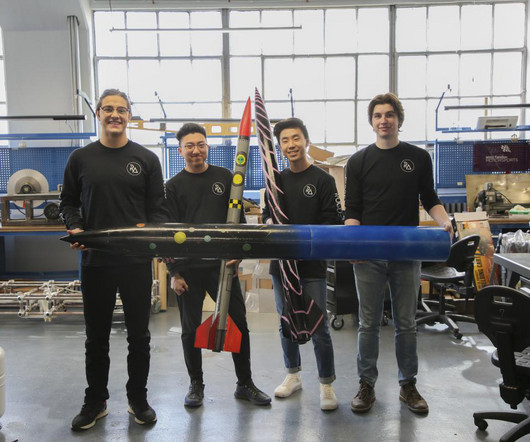
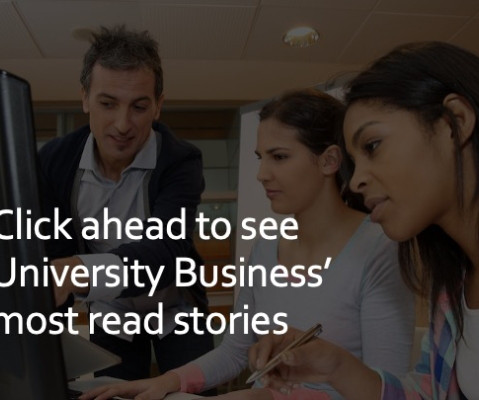
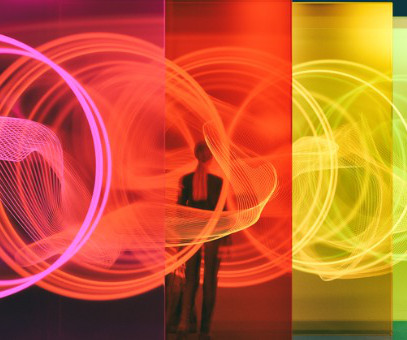
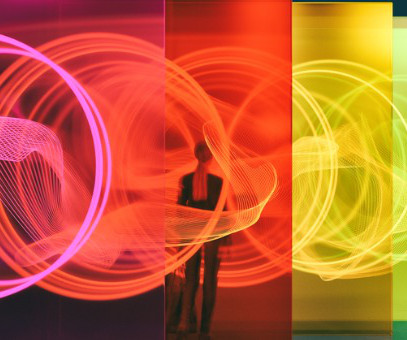







Let's personalize your content